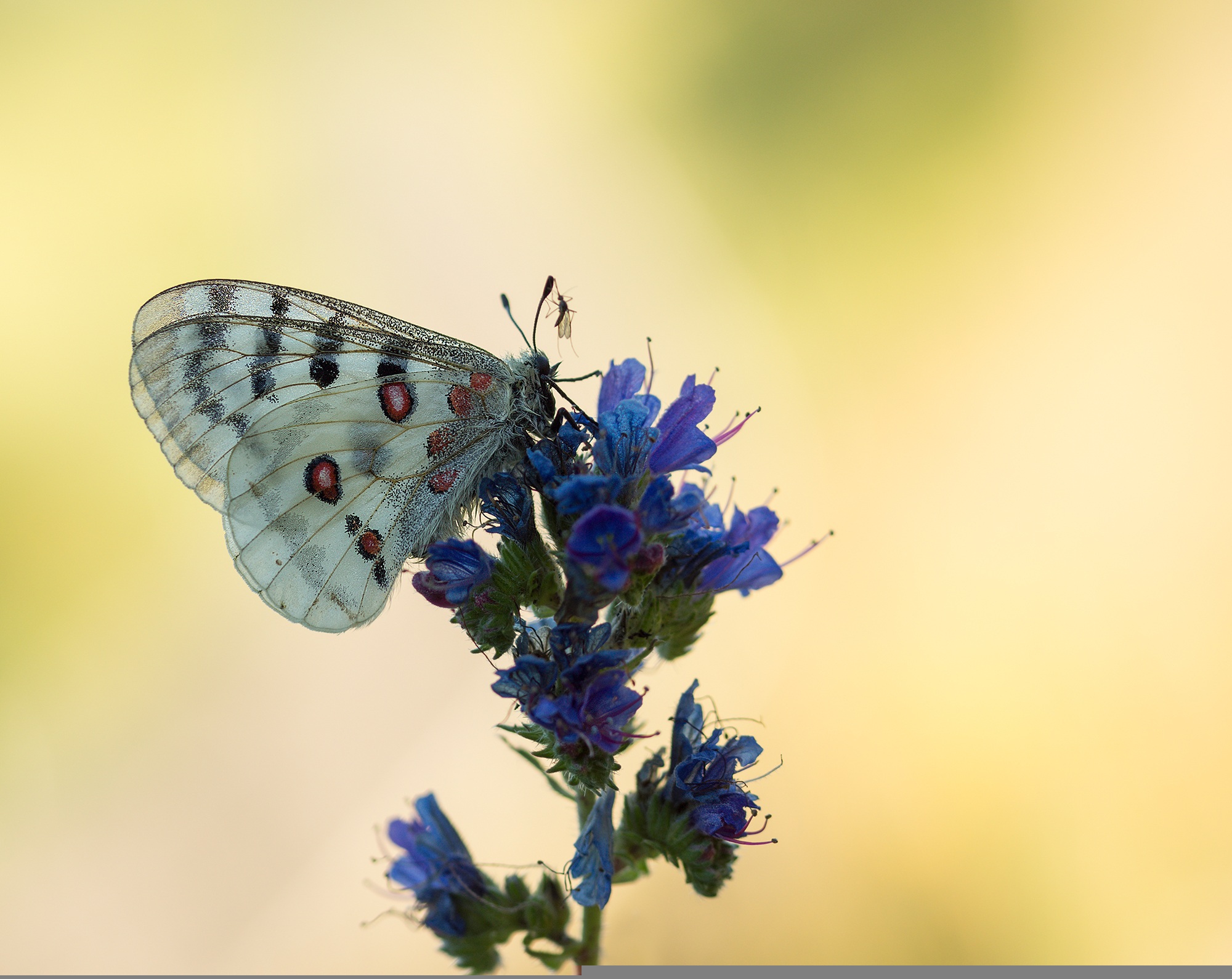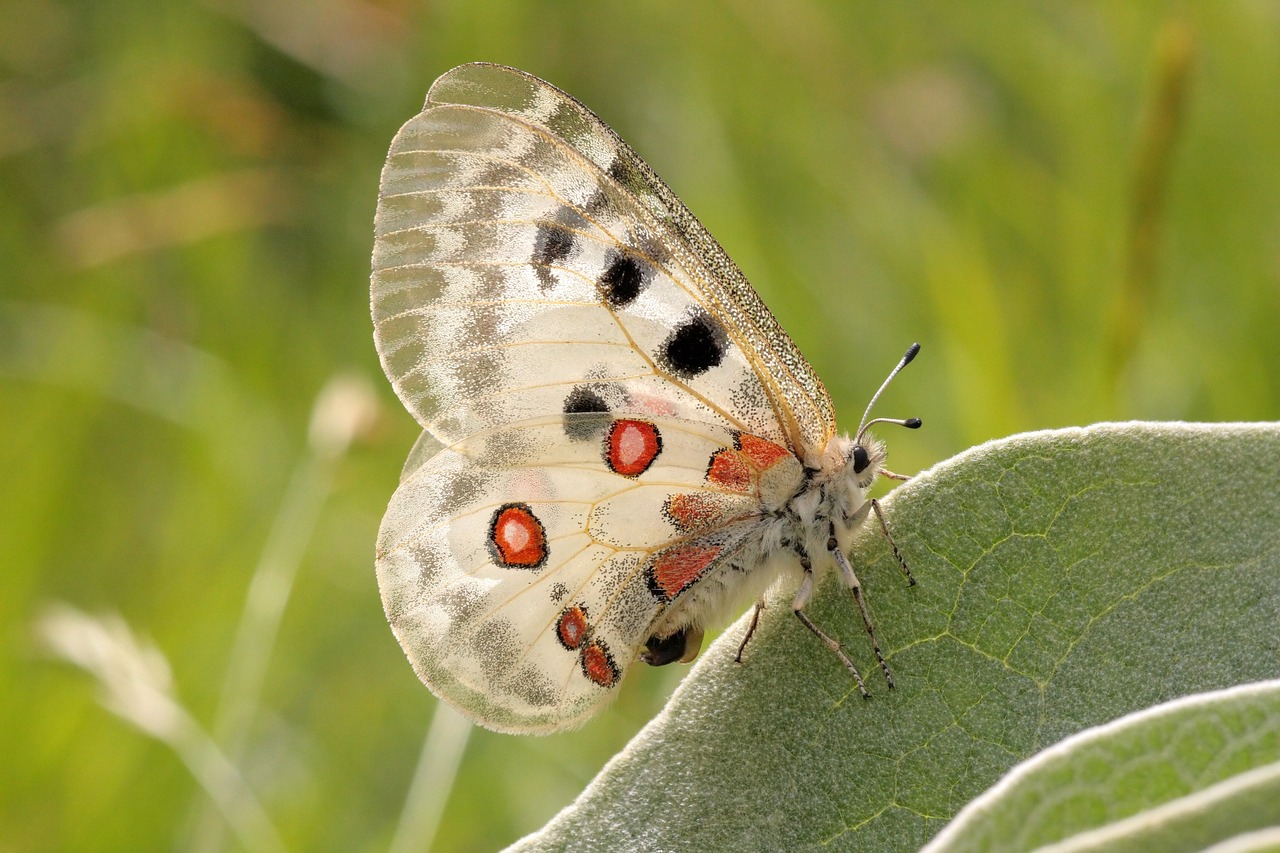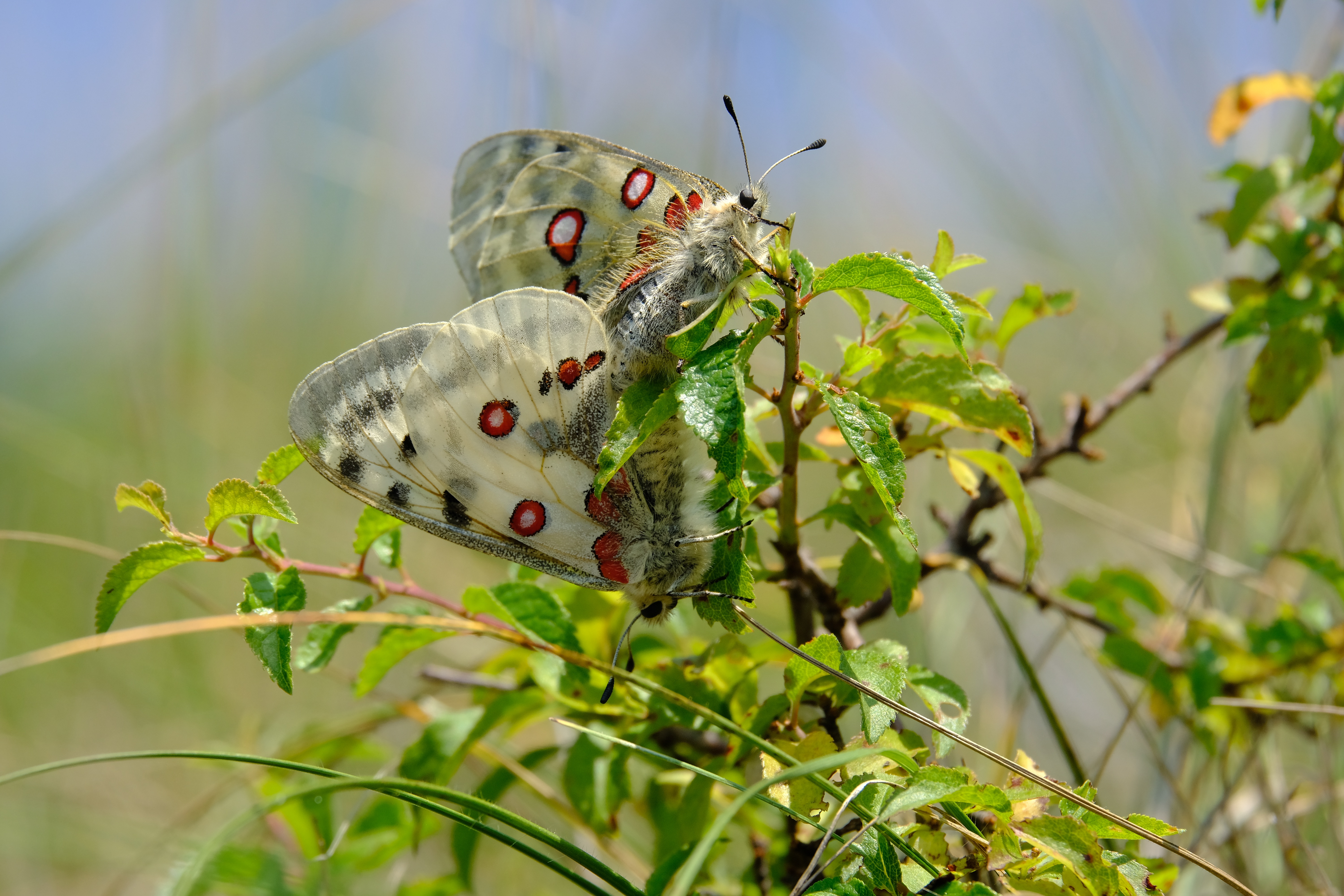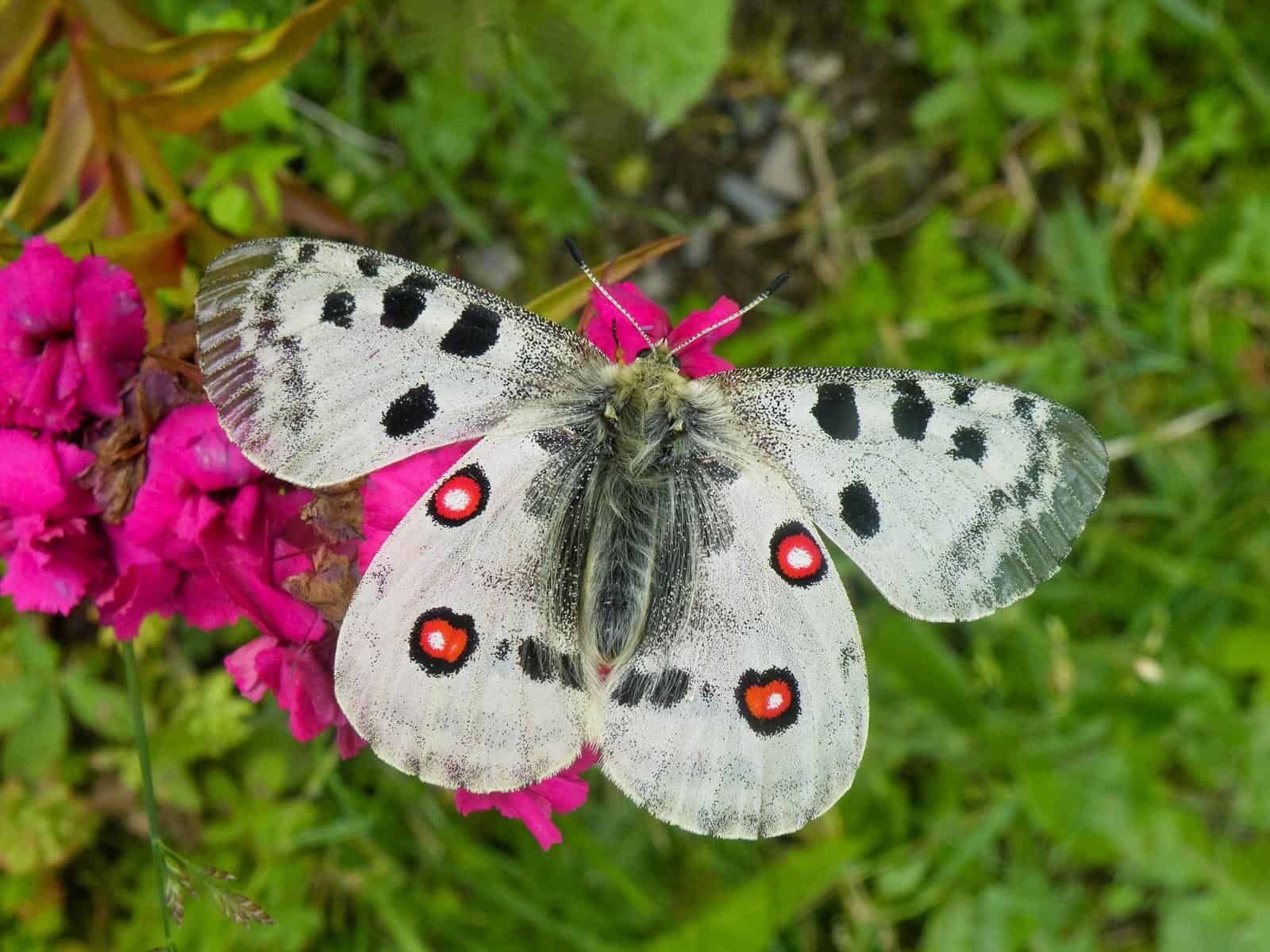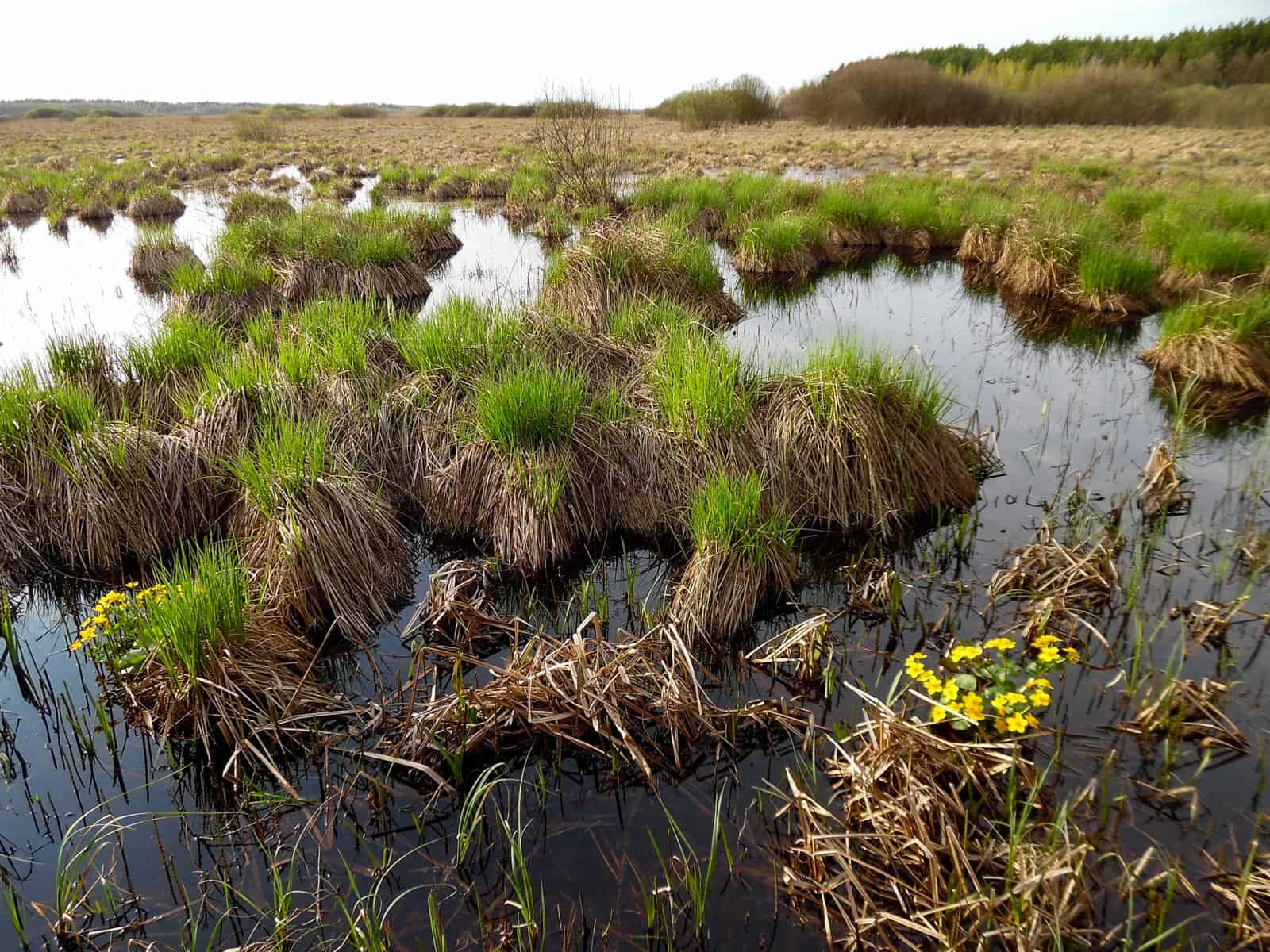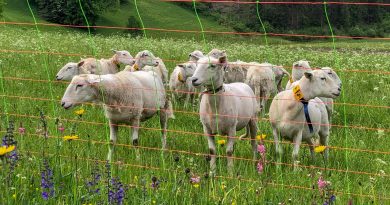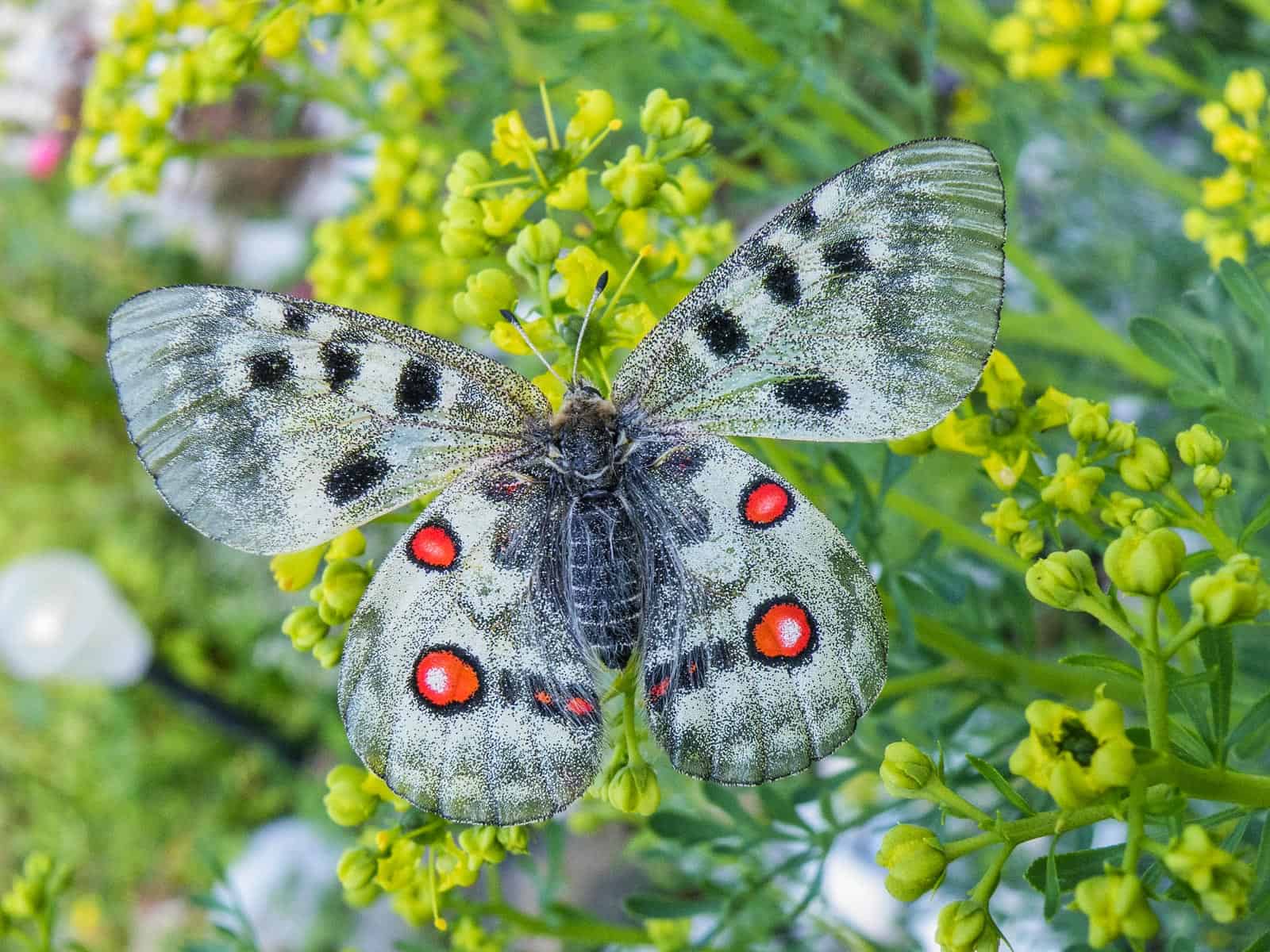Parnassius apollo, train tracks and glyphosate
‘What does Parnassius apollo have to do with train tracks?’, you might ask yourself. Let me explain. In Austria, there is a Parnassius apollo population that used to live next to the train tracks. The area presented a very favourable habitat for the butterflies as it provided them with enough food plants and just the kind of ground the apollo likes. Unfortunately, these populations (which were found in Aggsbach, Lower Austria and Leisach, Tyrol) were reduced in numbers or completely wiped out. All because of the train tracks.
The Austrian railway company (ÖBB) used to use glyphosate to clear the train tracks of unwanted vegetation. Using such pesticides and other chemicals is what caused the reduction of Parnassius apollo populations. Glyphosate is very harmful to butterflies and also to other insects. However, since the start of this year, the railway company finally put a ban on the use of glyphosate, thereby protecting nature and the environment.
New railway project
Now, a new railway project is under way between Vienna and Wiener Neustadt, which is around 50 km south of Vienna. The plan is to expand the train tracks to include two parallel tracks instead of just one. At the same time as construction takes place, ecological areas are also expanded along the tracks. This is done to ensure that no biodiversity is lost. ÖBB manages these areas until the end of the project. Then, the plan is to monitor them for ten more years.
The goal of this and of including the active expansion of ecologically significant areas is to increase the biodiversity along the train tracks. To ensure that insects, especially bees, butterflies and beetles find enough food plants along the tracks, the project uses high-quality seeds, containing more than 10% of herbs. These will bloom and thereby be enjoyed not only by insects but also by passers-by like cyclists and walkers. The seeds that are planted over the course of the project are certified – they are typical for the respective region and were purchased in Austria too.
Moreover, more than 7 ha of newly planted forests were encircled with a strip of meadow. In these, rocks and dead wood are placed to create habitats for small animals and insects.
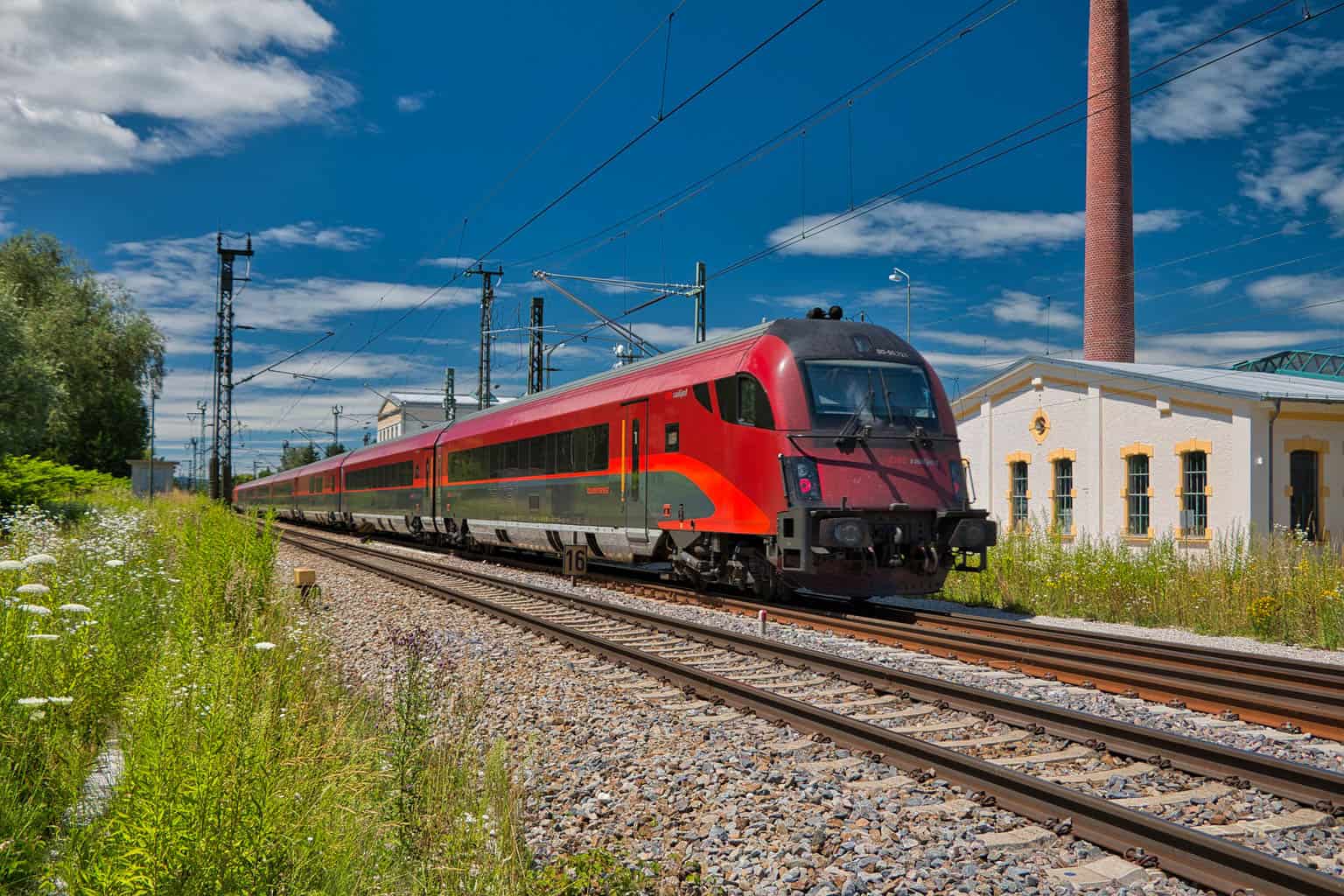
How pesticides affect butterflies
Pesticides, among them also glyphosate, which has previously found great use in Austria for clearing train tracks, pose a major risk to butterflies and other insects and animals. The pesticides are used for killing weed, but the weed is sometimes the only food source butterflies have. In other cases, it is the only plant where butterflies like to lay their eggs. And in yet other cases, it is the only food plant that the caterpillars like and feed on. Basically, pesticides kill insects’ habitats.
Solutions
Pesticides are however not only used for clearing train tracks, but also for killing unwanted weed in the crop production. Since pesticides like glyphosate are overused, some weeds have also developed resistance against it, so farmers and agricultural businesses start to genetically modify crops to withstand multiple herbicides, thereby creating an even more toxic environment.
However, there are other solutions to this problem, for example, integrated pest management. This means that farmers use non-chemical tools such as diversified crop rotations which helps break up pest cycles. Moreover, this would provide immense benefits by regenerating soil, making it more productive and nutrient rich. To clear train tracks alternative methods are also being tested, e.g. grazing. Making use of non-chemical methods would not only help butterflies and insects but also farmers and the natural system upon which all our lives depend. We are inextricably linked to these systems and cannot survive without them.
The things that are making monarchs and other species go extinct are—in the long run—going to hurt us.

